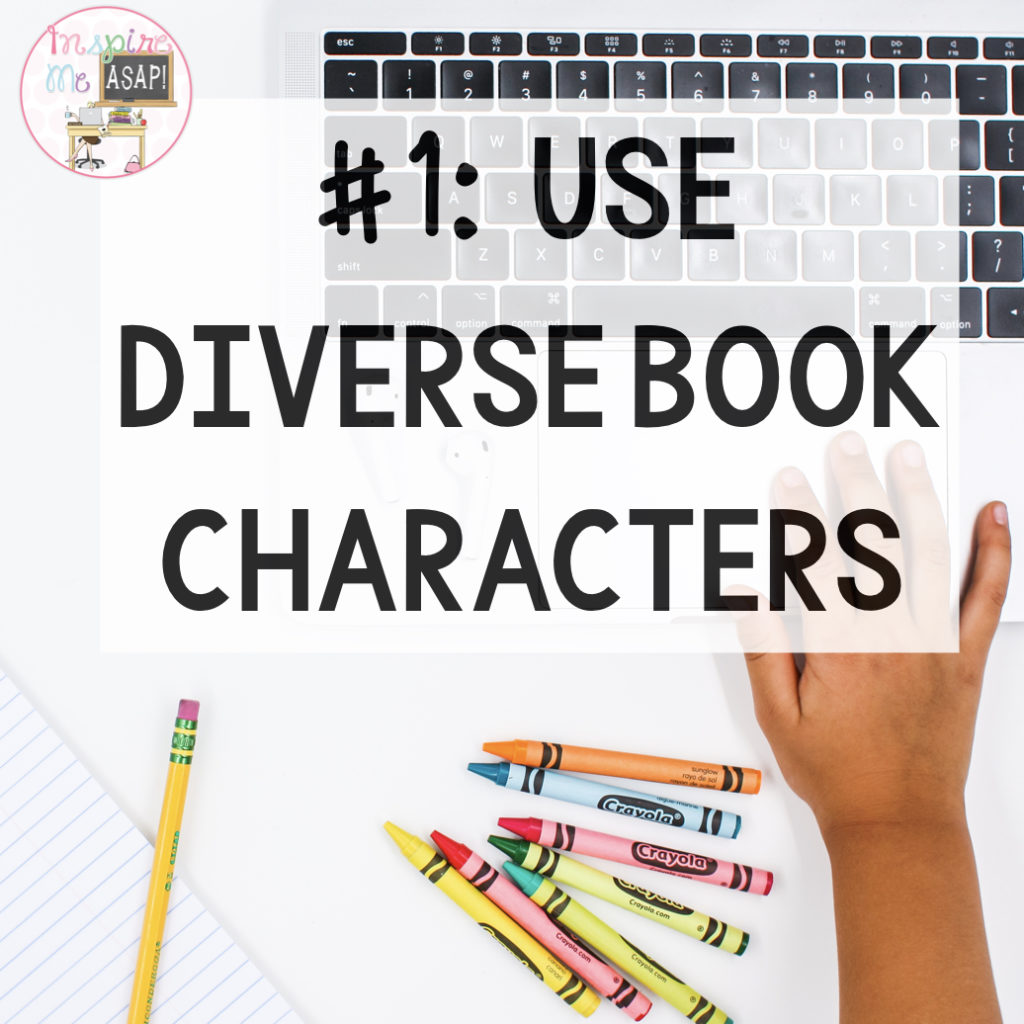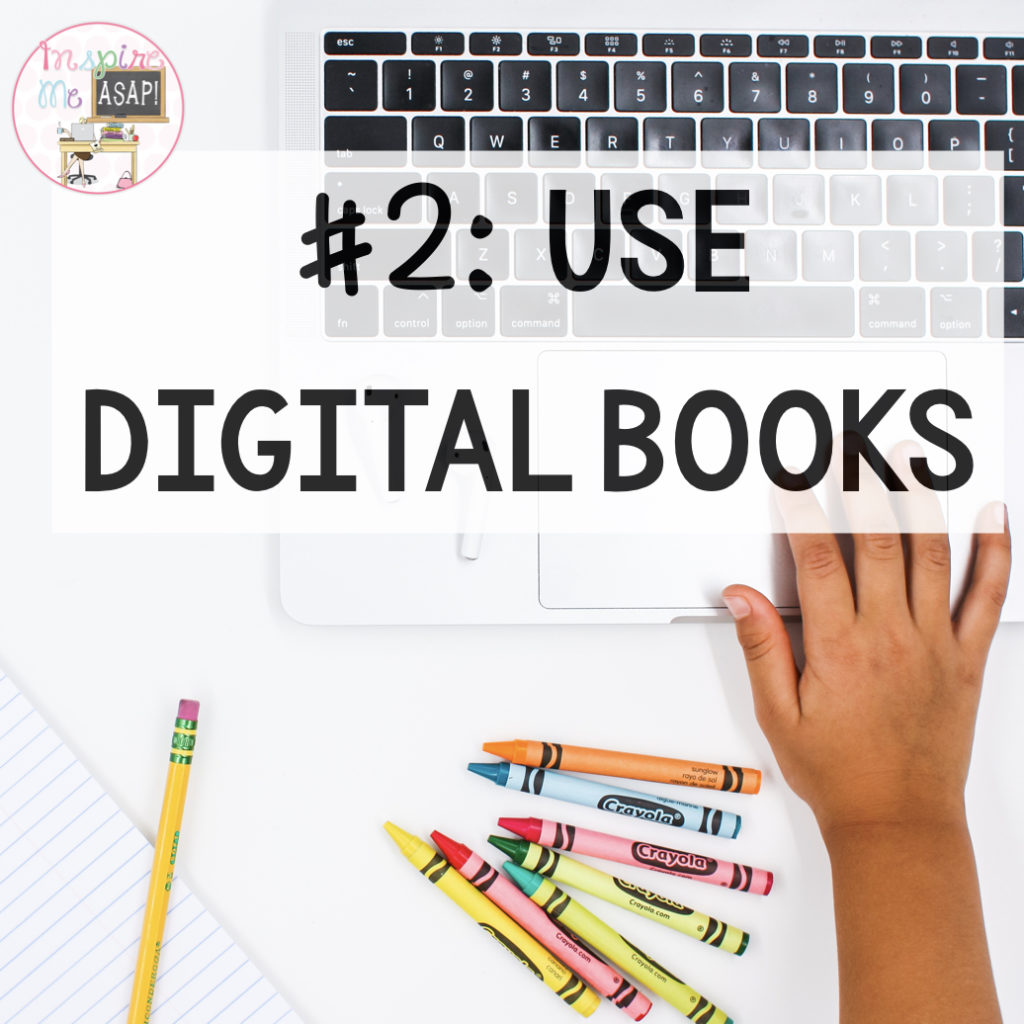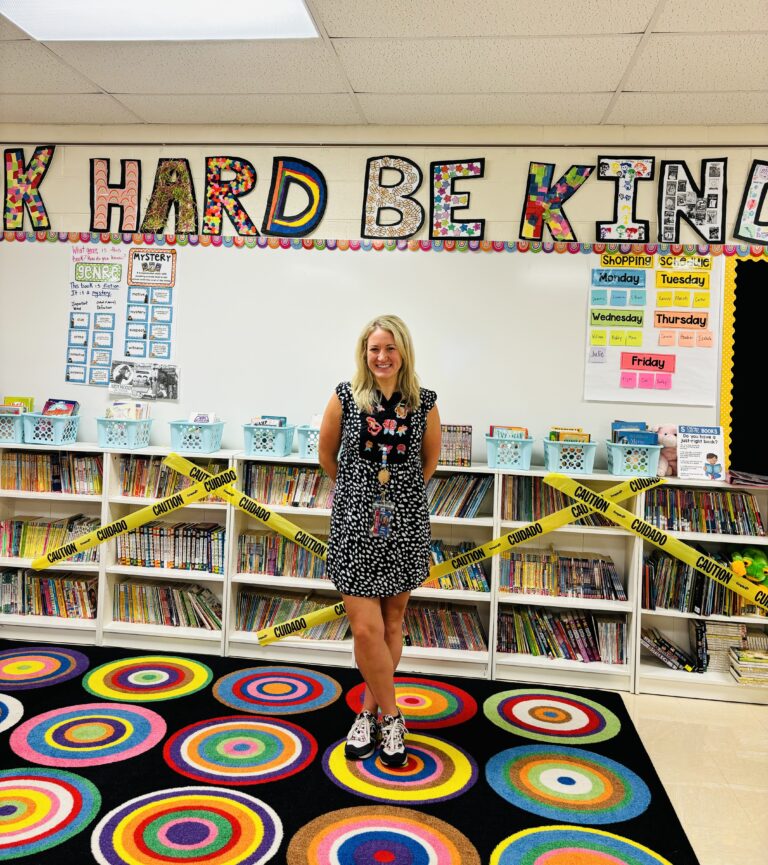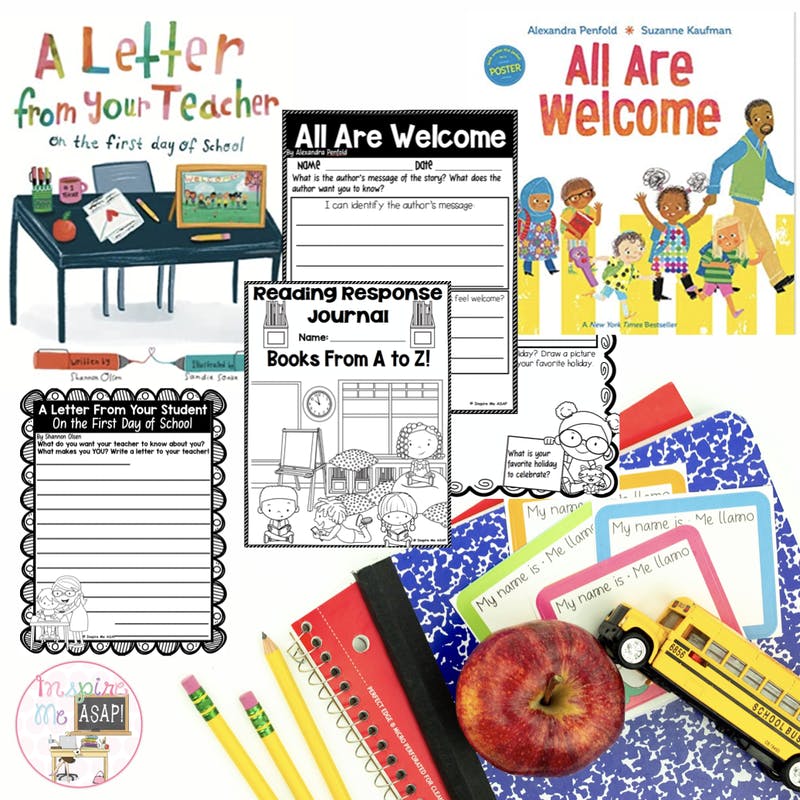Today I am so excited to share with you a fun and engaging way that I introduce a new reading workshop unit on characters- teaching character traits, feelings, and motivations. We just wrapped up our non-fiction unit, and in my previous posts, I shared with you how I used a detective theme as a way to engage my students with learning about the different non-fiction text features. If you missed that video series, you can catch up by clicking on the links below to watch those videos or read those blog posts!

Kicking off nonfiction reading unit video: Nonfiction video
Kicking off nonfiction reading unit blog post: Nonfiction blog post
Teaching about captions and diagrams video: Text features video
Teaching about captions and diagrams blog post: Text features blog post
Teaching about genre video: Genre video
Teaching about genre blog post: Genre blog post
But today I am kicking off a new video series, all about characters, by sharing with you how I set the stage to engage my readers with this new unit. Remember how I used those fun detective-themed props for my nonfiction unit?
Well, I have some NEW props all ready to go for our celebrating characters unit.
Prior to teaching this lesson, I gathered a variety of different books from my classroom library, all which have strong characters. For the explicit teaching part of this lesson, I hold up a variety of book covers to show my student. Are you teaching remotely? No worries! Just log into Epic or display the covers of digital books via screen share on Zoom!
You can learn more about how I do this here: Teaching Reading Remotely on ZOOM
For the next part of this blog post, I am going to write a script of my exact words that I would use to teach this lesson directly to my second graders.
I am going to explain and model how I teach this lesson by using the framework of a mini-lesson. In my previous blog post ( mini-lesson musts ), I breakdown all of the important components to reading workshop mini-lesson: making a connection, teaching point, guided practice, link to independent learning, and closing. You can snag this lesson plan for free by clicking at the download button at the end of this post.
Before we get started, would you rather watch me teach this lesson on YouTube? If so, click here to watch my video on YouTube!
Ok, let’s get started!
Make a connection
Teacher Talk: Readers, we just finished our nonfiction unit of study, where we were text detectives and identified the different text features as we were reading nonfiction texts. I am so excited about today because we are starting a new unit for reading workshop! I have to tell you a quick story real quick. The other day, I was making chocolate chip cookies. I had all my ingredients- sugar, baking soda, eggs, flour, butter, all the ingredients that I needed. I carefully mixed all my ingredients together, formed them into 2 inch balls and then put them in the oven for 10 minutes. After I took them out of the oven and let them cool for 10 minutes, I took a bite. Immediately, I noticed that I made a BIG mistake! I forgot a very important, the MOST important ingredient- the chocolate chip cookies! You can’t have chocolate chip cookies without chocolate chips!
Explicit instruction and Guided Practice
Teacher talk: Well, I have to tell you boys and girls, this made me think about some books that we have in our classroom library. I want you to look at the covers of these books and ask yourself this question, “What do all these stories have in common?”
As a class, hold up each story one at a time. Study the book cover and share what you observe as a class.
You are correct! Yes, all of these books have characters in them! The characters are the MAIN, most important ingredient in all of these books! Just like the chocolate chips are the most important ingredient to the cookies, the characters are the most important ingredient to these stories!
Link to their independent reading
Teacher Talk: Readers, soon it will be your turn! When you start reading, I want you to notice the characters in your book. In your reader’s notebook, make a list of the characters and write down their names. You can also write anything that you are noticing about the character- what they like, dislike. It is now time to begin your reading!
Closing
Teacher Talk: After students independently read, I would then close this lesson by having us all come back together and sharing as a whole group the characters that we found in our book. Students can share their book and the character discovered in their books with their reading partner or the whole group.
Readers, who would like to share the book they read and the character they learned more about?
And there you have it! An engaging and fun lesson to kick off your new unit on characters!
I have two tips for you as you teach this lesson.

As we continue to increase our awareness of equity and inclusivity in our curriculum and in our literature, we want to continue to explore books that reflect the children we serve. This unit of study gives an excellent opportunity for us to share diverse characters with our students!

It will be very helpful for your students to have fiction books with strong characters to read during their independent reading time. I like to use this lesson as an opportunity for my students to organize their book nooks. We swap out our nonfiction book from our previous unit to fiction books with lovable and memorable characters for this unit!
I hope that your students enjoy this engaging lesson that introduces your new unit of study! Be sure that you are on my email list and following me on YouTube so that you do not miss the next video in my character unit series! In my next blog posts, I will model lessons about character feelings, traits, and changes!
This lesson is one of 16 lessons that is included in my character unit resource. You can learn more about my character unit by reading below.
Love this lesson? I have a FREE copy of this lesson plan for you! You can download your free lesson plan to kick off your character unit by clicking on the link below!

Now, go and gather your props to engage your students! :)

You can find this resource at my TPT store: Character Study Unit
Or, you can find this resource on my website: Character Study Unit
Mini-lessons include:
- Mini-lesson: Readers identify the characters in a story
- Mini-lesson: Readers get to know characters
- Mini-lesson: Readers gather information about characters by writing sticky notes
- Mini-lesson: Readers notice characters’ feelings
- Mini-lesson: Readers identify character feelings
- Mini-lesson: Readers identify secondary characters and how they help the main character
- Mini-lesson: Readers infer character traits
- Mini-lesson: Readers identify how a character changes throughout the story
- Mini-lesson: Readers use text evidence to prove their inference
- Mini-lesson: Readers can identify character motivations
- Mini-lesson: Readers identify how a character’s actions contribute to the sequence of events
- Mini-lesson: Readers identify the point of view
- Mini-lesson: Readers ask powerful questions about characters
- Mini-lesson: Readers identify internal and external character traits
- Mini-lesson: Readers can identify how a character responds to challenges
- Mini-lesson: Readers identify their favorite book character and CELEBRATE the end of the unit with a favorite book character party!

Included in this resource:
– 15 scripted mini-lessons
– Colorful posters to display as anchor charts for every mini-lesson
– Student worksheets for every mini-lesson










